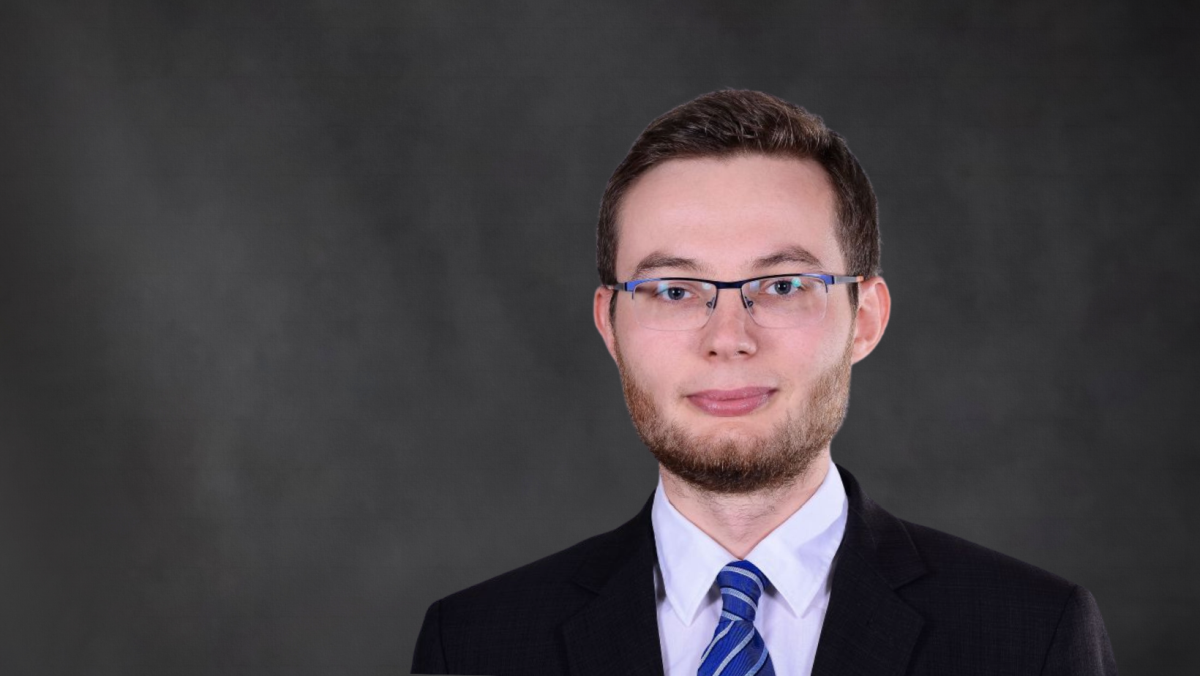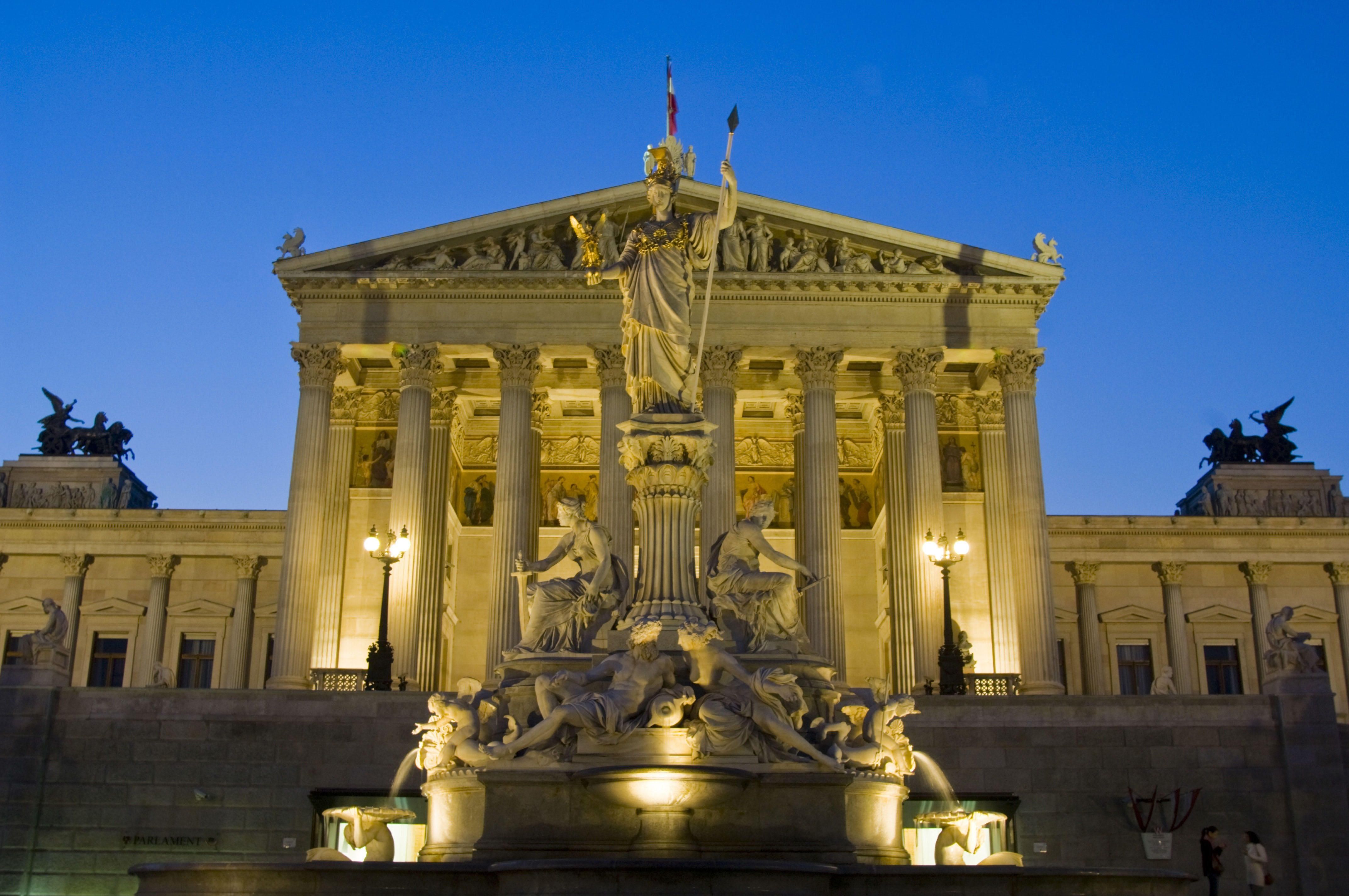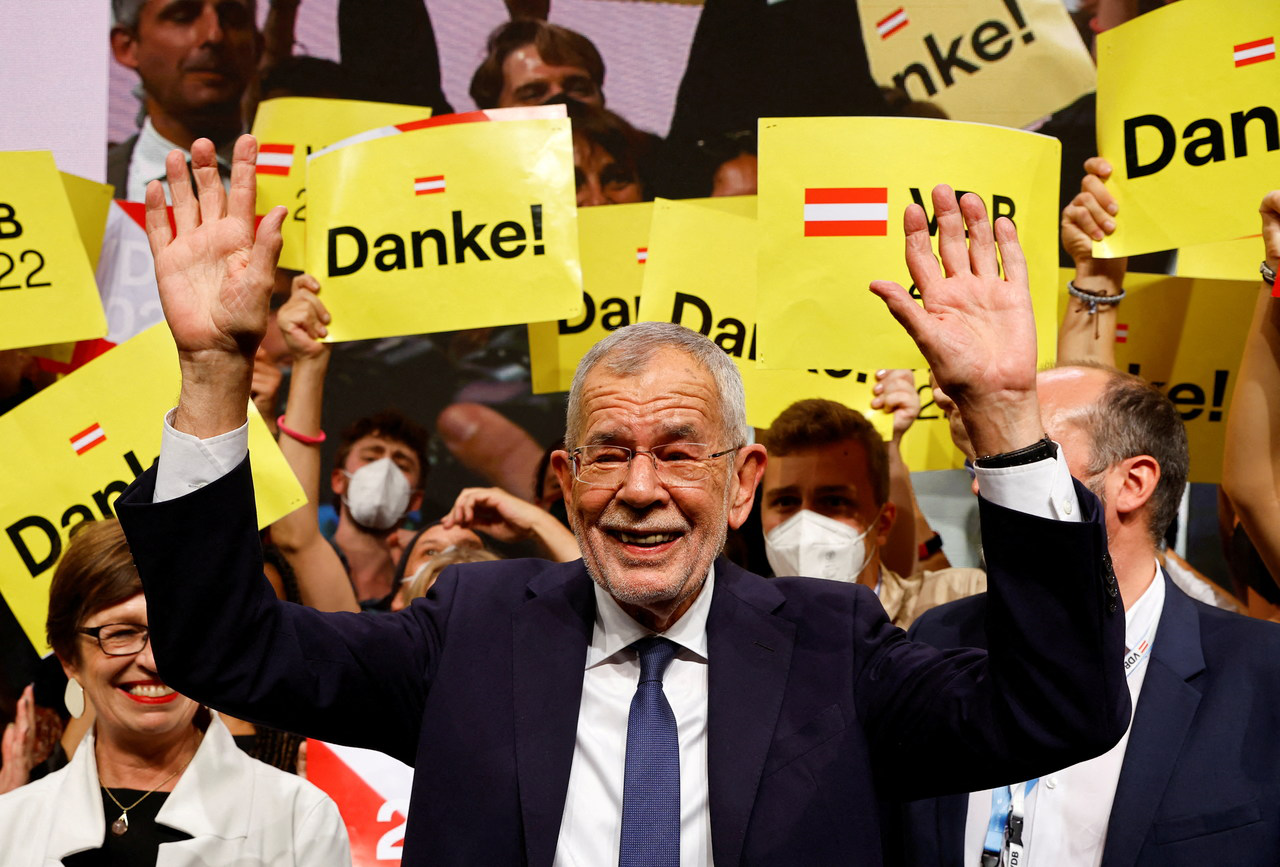Elections in Austria Bring no Breakthrough Despite Far-Right Victory
The elections to National Council, the lower house of parliament, on 29 September were won by the far-right Freedom Party of Austria (FPÖ). However, Chancellor Karl Nehammer’s co-ruling Austrian People’s Party (ÖVP) stands the best chance of continuing in power, thanks to its broad coalition capacity. This likely means no abrupt changes in foreign policy. Regardless of the composition of the future cabinet, Austria will remain restrained in providing aid to Ukraine as it faces Russian aggression, a decision which the authorities justify on the grounds of the state’s neutrality.
(1).png) Lisa Leutner / Reuters / Forum
Lisa Leutner / Reuters / Forum
No party won a majority in the National Council elections in Austria. The FPÖ won 28.8% of the vote (up 12.6 percentage points, p.p., from its 2019 result). The two government parties saw the biggest declines: ÖVP was second with 26.3% of the vote (down 11.2 p.p.), and the Greens came in fifth with 8.3% (down 5.6 p.p.). The Social Democratic Party of Austria (SPÖ) was third with 21.1% of the vote (almost unchanged), and the New Austria and Liberal Forum (NEOS) was fourth with 9.2% (up 1.1 p.p.). The four-percent election threshold was not crossed by the Communist Party of Austria (2.4%) and the Beer Party (2%). Thus, in the 183-seat National Council, the FPÖ will have 57 seats, the ÖVP 51, the SPÖ 41, the NEOS 18, and the Greens 16.
Victory for the Extreme Right
The far-right won the parliamentary elections for the first time in Austria’s post-war history. Although it had not previously reached the Chancellor’s office, it co-governed as a minor partner of the Christian Democrats from 2000 to 2007 and 2017 to 2019. The FPÖ won by restoring public confidence in it after the so-called Ibiza affair, which exposed the pro-Russian views of the party’s leaders at the time, and by regaining the electorate then seized by the ÖVP.
The FPÖ proclaims the construction of “fortress Austria”. It advocates the pursuit of economic autarky, the forced expulsion of migrants who have crossed the border irregularly, and, at the EU level, rejection of the migration pact and defence of national sovereignty, understood as the fight against irregular migration and the abandonment of the Green Deal. Among other things, the party has criticized the Nehammer government’s measures to combat the COVID-19 pandemic, including the EU’s first mandatory vaccination requirement. Also contributing to the FPÖ’s consolidation was its victory in the European Parliament (EP) elections in June this year, when it won 25.4% of the vote. Discounting this success, in Vienna this July, along with Hungarian Prime Minister Viktor Orbán’s Fidesz and former Czech Prime Minister Andrej Babiš’s ANO, it formed the Patriots for Europe, a grouping in the EP sceptical of EU integration.
The FPÖ avoids unequivocally condemning Russia as the aggressor in Ukraine. In response to the war—to which it links rising prices, above all for energy—it emphasises maintaining a “neutral position”. By this it also implies the withdrawal of the Nehammer government’s stated intention last year to join the European Sky Shield Initiative missile defence project (initiated by Germany). It also wants to withdraw its approval of arms transit to Ukraine, something that currently distinguishes Austria from Hungary. Such views correspond with the opinion of a part of the public, although 49% of all respondents, according to a Eurobarometer survey from this Spring, is in favour of supporting Ukraine with military means (against an EU average of 60%).
The possible entry of the far-right into government would not set a precedent. Its coalition capacity, however, diminished after Herbert Kickl took over the leadership in 2021. He is viewed as a radical by the leaders of the other parties, including the ÖVP, so they do not foresee him as a coalition partner, even though he was interior minister in the 2017-2019 joint government. As a result of his actions in this position, Western security agencies restricted intelligence-sharing with Austria. Also problematic for Kickl is President Alexander Van der Bellen’s declaration ruling out entrusting the mission of forming a government to a person with anti-EU views, among other things.
Government’s Pre-Election Efforts
Nehammer portrays the Christian Democratic ÖVP as a centrist and moderate alternative to both the far-right and the Social Democrats. At the same time, he signals a willingness to co-govern with representatives of different political options. Such flexibility has allowed the ÖVP to remain in power continuously since 1987 (minus a few months in 2019 when Brigitte Bierlein’s expert cabinet was in power). Since January 2020, it has been in power under the ÖVP-Green coalition. Programmatic differences, including in climate policy, weighed on this year’s government crisis. It culminated in June this year, when Climate Minister Leonore Gewessler of the Greens voted in the EU Council against her own government’s position—the first time in the Union’s history—in favour of a regulation on the restoration of natural resources.
The ÖVP had been pinning its hopes for election victory on winning the rivalry with the FPÖ on the migration issue. Nehammer, a former interior minister like Kickl, claimed that during his tenure the scale of irregular migration to Austria was smaller than when the ministry was headed by the FPÖ. The appointment of former ÖVP Finance Minister Magnus Brunner as Interior and Migration commissioner in the new European Commission was supposed to lend credibility to this policy. Like the Polish government, the Austrian government criticised Germany’s reintroduction of border controls this summer.
In turn, just before the elections, the ÖVP hoped to boost support by dealing with the effects of the floods that preceded the voting. To deal with the damage, the government announced the allocation of one billion euros in national funds, as well as the mobilisation of funds from the European Civil Protection Mechanism. These were obtained during a meeting between the Chancellor and the prime ministers of Poland, Czechia, and Slovakia, as well as with European Commission President Ursula von der Leyen (19 September in Wroclaw, Poland), during which it was agreed that the affected countries would receive €10 billion in aid. On the other hand, for the Greens, the floods became an additional argument for more ambitious climate policy.
Conclusions and Prospects
The National Council elections confirmed the strong position of the Austrian Right. Although won by the FPÖ, its limited coalition capacity makes its return to power doubtful. The chances of co-forming a government with the ÖVP would be enhanced by putting forward a more moderate candidate for Chancellor than Kickl. Favouring a restoration of the FPÖ-ÖVP coalition are their similarities on migration and economic policy.
Since neither party is capable of governing on its own, and the chances of the FPÖ entering a coalition are limited, the most likely option is a government formed around the ÖVP. There are not enough seats to maintain the current coalition only with the Greens. In addition to the option of governing with the victorious FPÖ, other scenarios for the ÖVP include governing with the SPÖ. The formation of a grand right-left coalition, on the other hand, is clearly limited by disputes between the ÖVP and SPÖ over tax rates and ideological differences between them. Given the fragile parliamentary majority (the two parties have a combined 92 out of 183 seats), an option involving a third coalition partner—the NEOS or the Greens—is more likely. Given the antagonisms between Austrian party leaders and programmatic differences, the formation of the future government will be an arduous process regardless of its composition.
The next government—to a degree at least comparable to the outgoing one—will focus on security and migration policy. So far, Austria’s blocking of the expansion of the Schengen zone—the only country to do so—to include Romania and Bulgaria is contrary to Poland’s interests. Regardless of the composition of the future government, moreover, a significant change in Austria’s eastern policy is unlikely. Although the FPÖ advocates independence from external energy supplies, its programme and tradition of cooperation with Russian entities may translate into more explicit support for Russia’s interests. The FPÖ’s entry into government would additionally entail a reduction in Austria’s already narrow, non-military aid to Ukraine, as well as to Member States supporting it, including Poland (from the Austrian co-financed European Peace Facility).
Regionally, the FPÖ’s co-founding of a cabinet would strengthen Orbán’s position, and he would gain a political ally in the EU. In addition to the likely intensification of Austrian-Hungarian relations, linked to the long-standing FPÖ-Fidesz cooperation, the Patriots for Europe, of which only Orbán’s party is currently in power, would also be strengthened. ÖVP rule without the far-right would also mean some understanding of Hungary’s actions. Indeed, Orbán’s meetings consecutively with the leaders of Ukraine and Russia (right after Hungary assumed the EU Council presidency) were preceded by similar visits by Nehammer in the spring of 2022.





